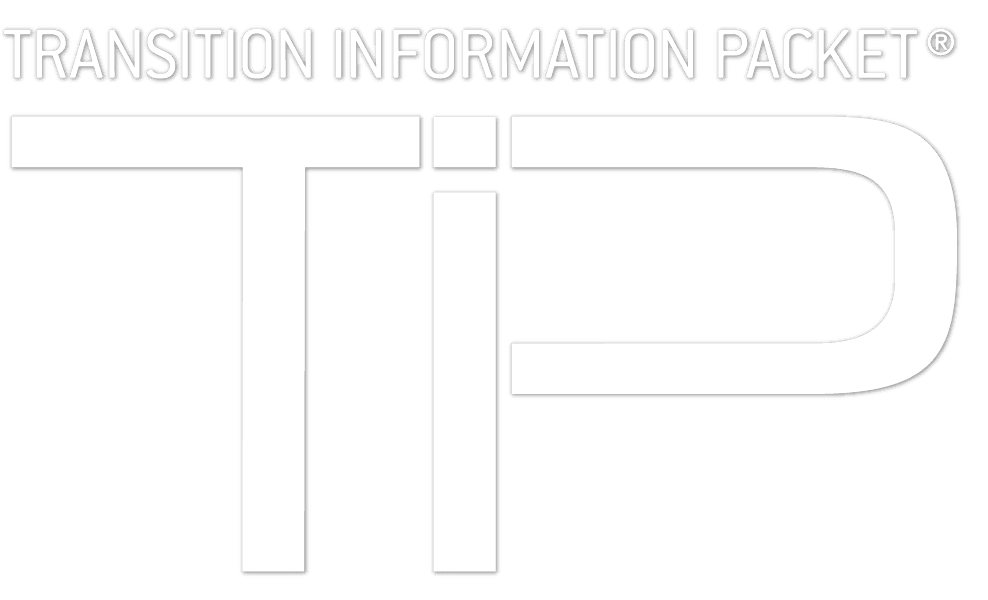What do earthquakes in Japan, cancer diagnostics, and arms security have to do with each other?
Radiation monitoring and detection devices are part of an evolving social, political, and technological landscape related to shifts within the energy, medical, defense, and security verticals. The breadth of these verticals presents interesting challenges and opportunities when looking for both solutions and opportunities within the radiation monitoring and detection market.
As studied and reported by MarketsandMarkets, the global radiation detection, monitoring, and safety market was valued at $1.65 Billion in 2016 and is projected to reach $2.26 Billion by 2022, at a CAGR of 5.7%. The key factors driving the growth of this market are growing security threats, growing prevalence of cancer worldwide, increasing safety awareness among people working in radiation-prone environments, growing safety concerns post the Fukushima disaster, growing security budgets of global sporting events, growth in the number of PET/CT scans, increasing usage of nuclear medicine and radiation therapy for diagnosis and treatment, and use of drones for radiation monitoring. In terms of the detection and monitoring products used in this market, gas-filled detectors accounted for the largest market share, which is attributed to their ease of use, durability, portability, and cost.
In 2017, the healthcare segment accounted for the largest share of the global radiation detection, monitoring, and safety market, due to the growth in the number of PET/CT scans and increasing usage of nuclear medicine and radiation therapy for diagnosis and treatment, increasing research activities, and growing incidence of cancer. However, the homeland security & defense segment is expected to grow at the highest CAGR from 2017 to 2022, which is attributed to the increased spending on internal security and military expenditure. Nuclear energy alternatives such as renewable energy, shortage of nuclear power workforce, and nuclear power phase-out are expected to restrain the growth of this market during the forecast period to a certain extent.
The leading industry players in this market include: Thermo Fisher Scientific (US), Mirion Technologies (US), and Landauer (US). Other major players include Arktis Radiation Detectors (Switzerland), Radiation Detection Company (US), Ludlum Measurements (US), Fuji Electric (Japan), Arrow-Tech (US), Ametek (US), and Nuclear Control Systems (UK).
Within the government space, security treats appear to propel interest and investment in radiation monitoring and detection. For example, the National Institutes of Health (NIH) Radiation and Nuclear Countermeasures Program (RNCP) works on the development of medical countermeasures to mitigate/treat radiation injuries. Furthermore, the Institutes work on radiation monitoring and detection focused on worker and patient safety. While working from a different vantage point, the Domestic Nuclear Detection Office (DNDO) within the Department of Homeland Security (DHS) Countering Weapons of Mass Destruction Office focused on implementing domestic nuclear detection efforts in response to radiological and nuclear threats, as well as integration of federal nuclear forensics programs. Additionally, DNDO coordinates the development of the global nuclear detection and reporting architecture, with partners from federal, state, local, and international governments and the private sector. The Department of Energy (DOE) also plays many different roles, the National Nuclear Security Administration (NNSA) is the technical leader in responding to and resolving nuclear and radiological threats across the globe; the Office of Nuclear Smuggling Detection and Deterrence (NSDD) works with international partners to strengthen capabilities to deter, detect, and investigate the smuggling of nuclear and radiological materials, and many of the national labs are working on technology development efforts. For example, technologies developed at PNNL were the first to detect radioactive isotopes entering the continental U.S. following their release from the Fukushima nuclear reactors in northern Japan.
Posted on September 24, 2019 by Eliza Gough



